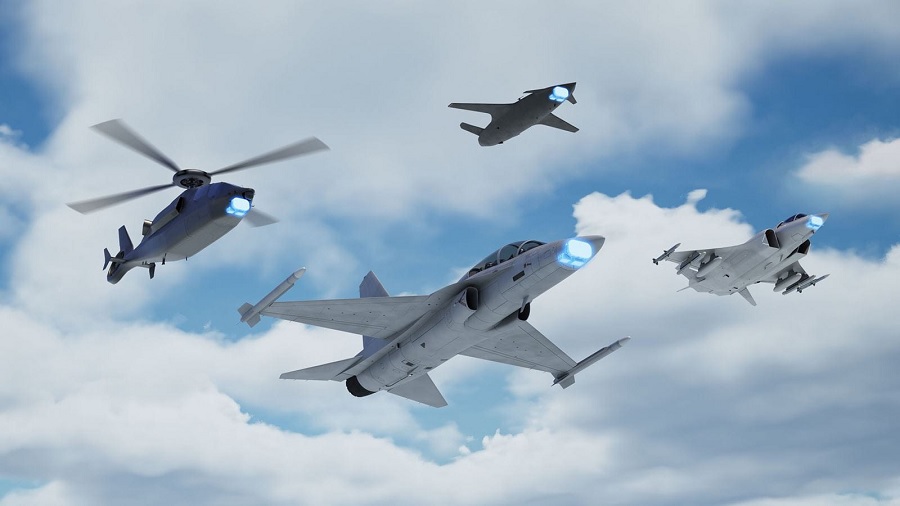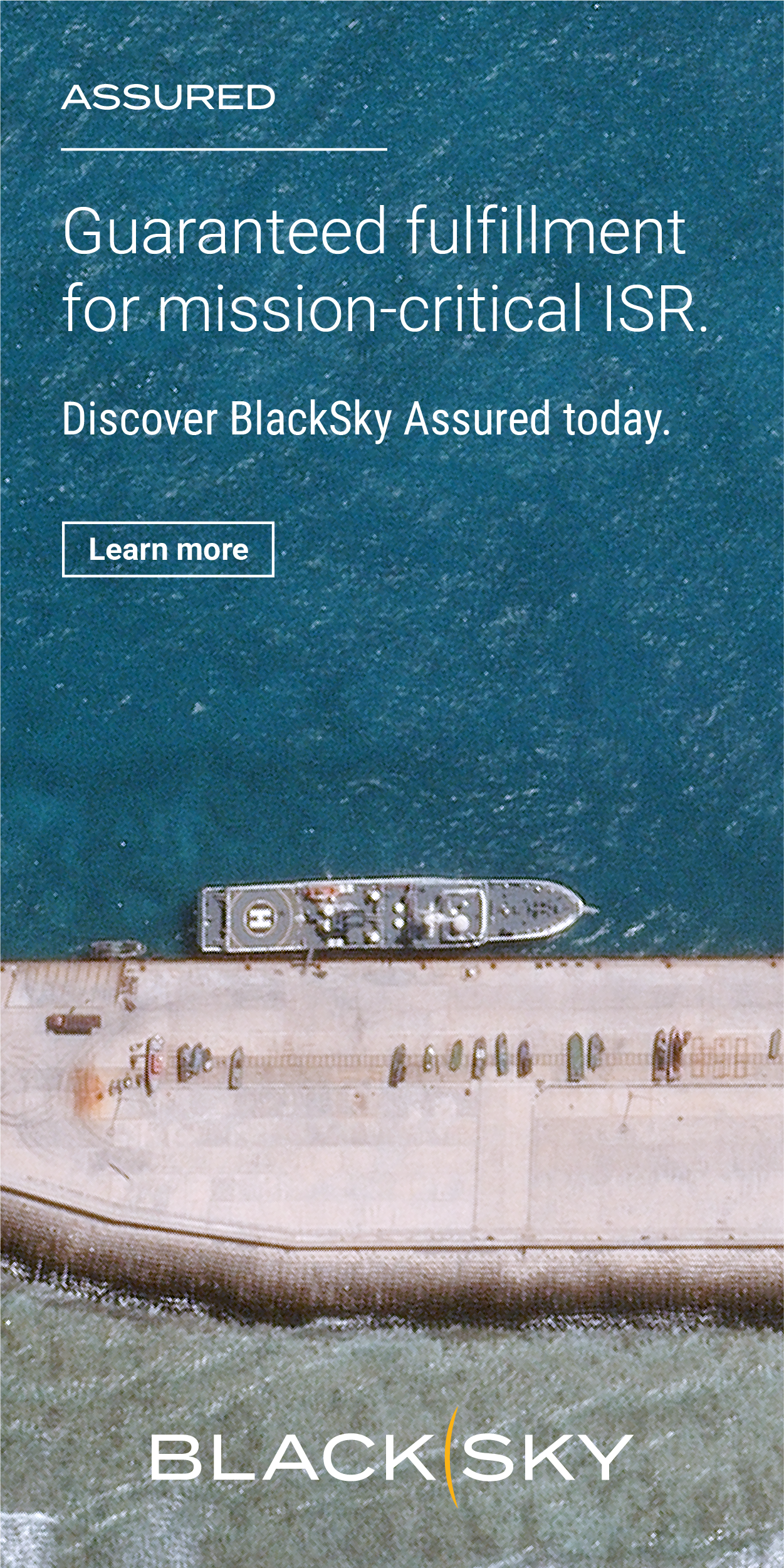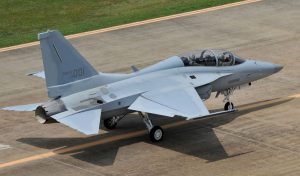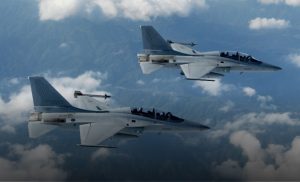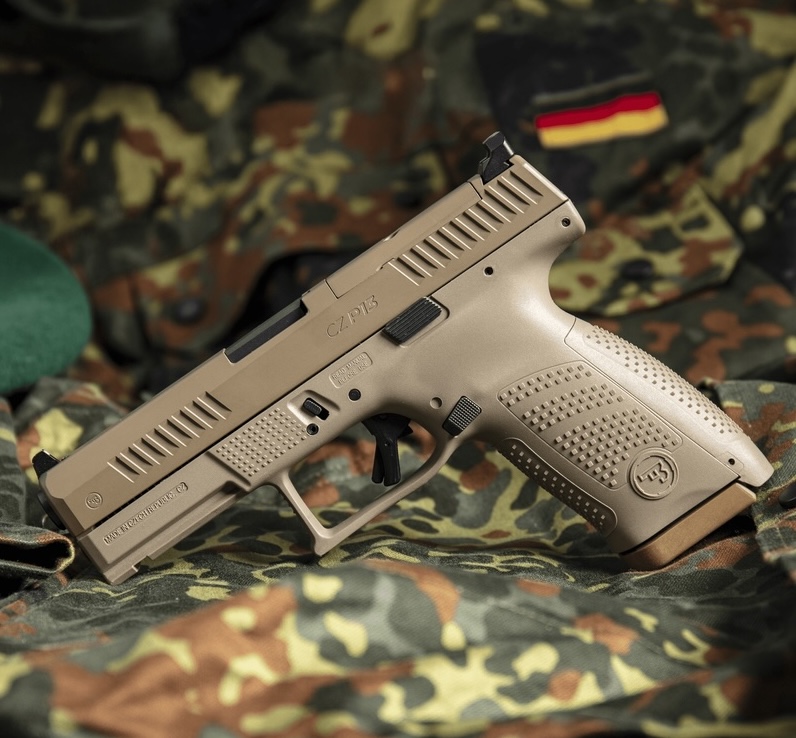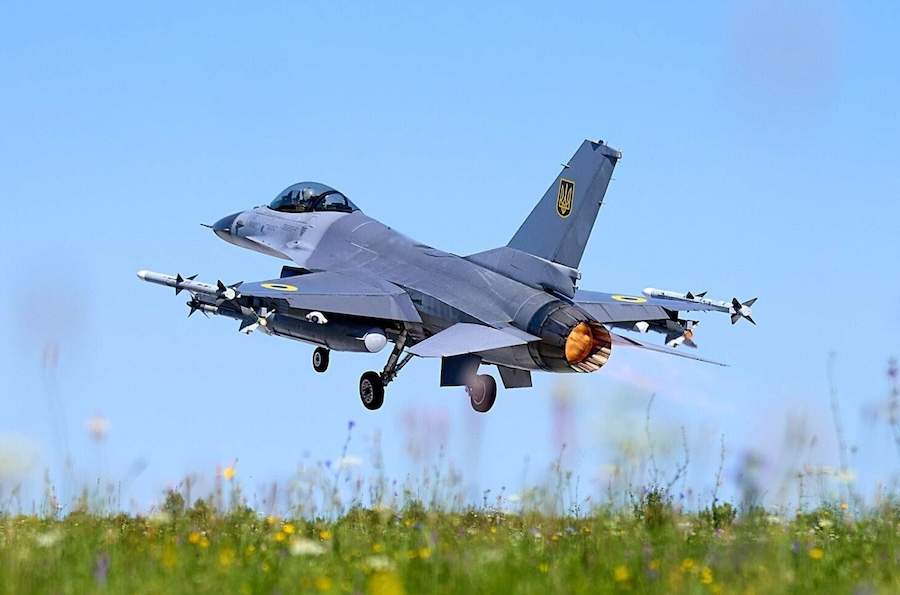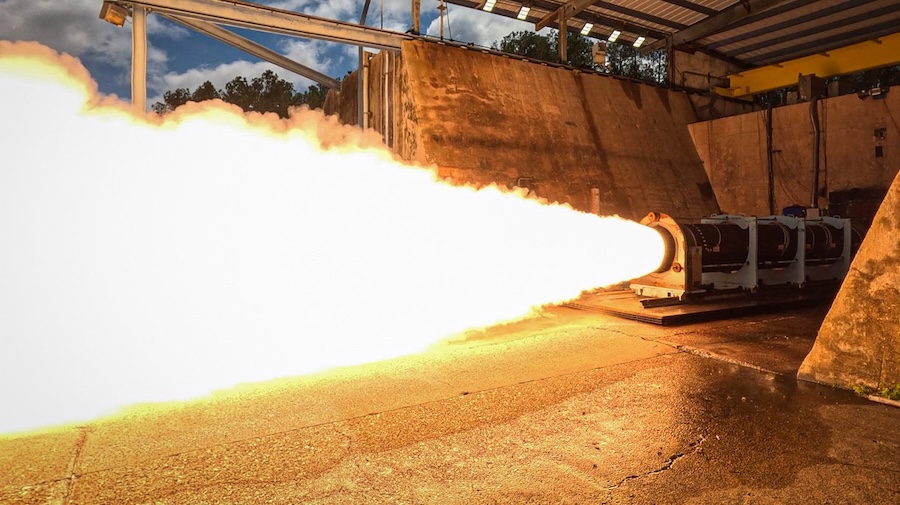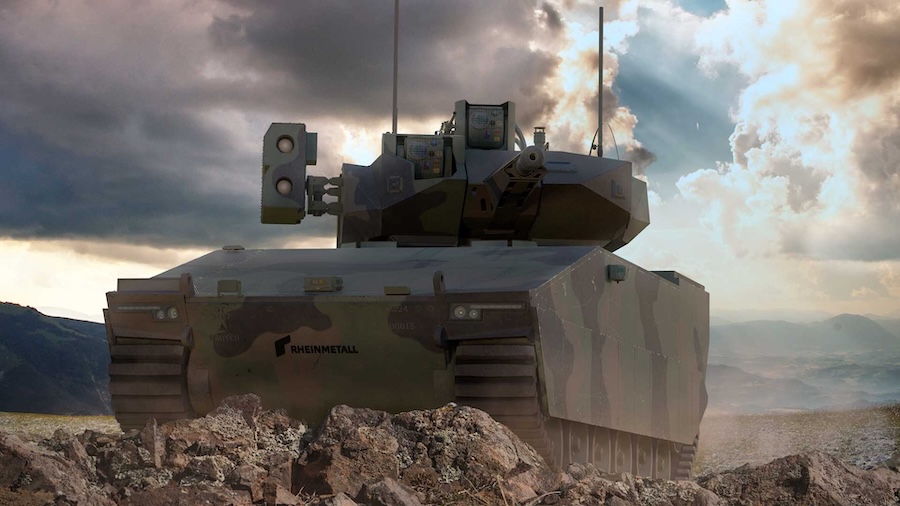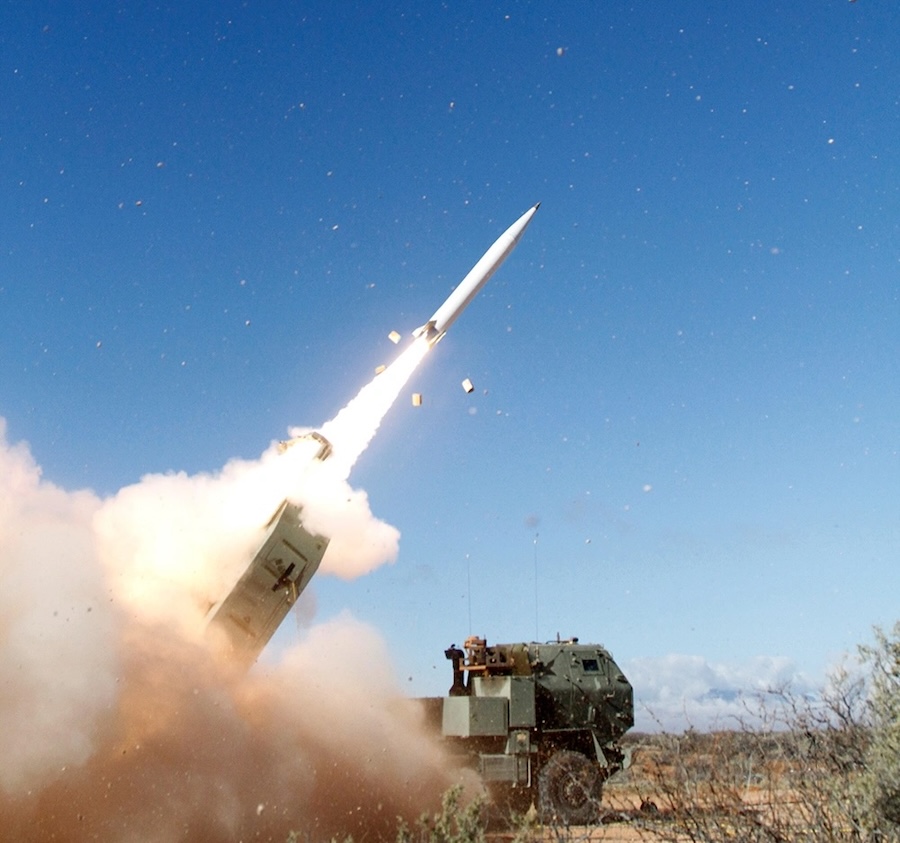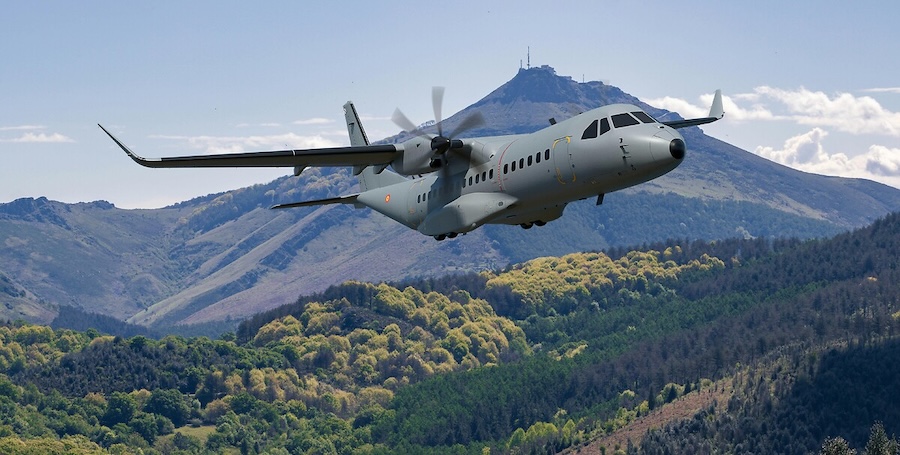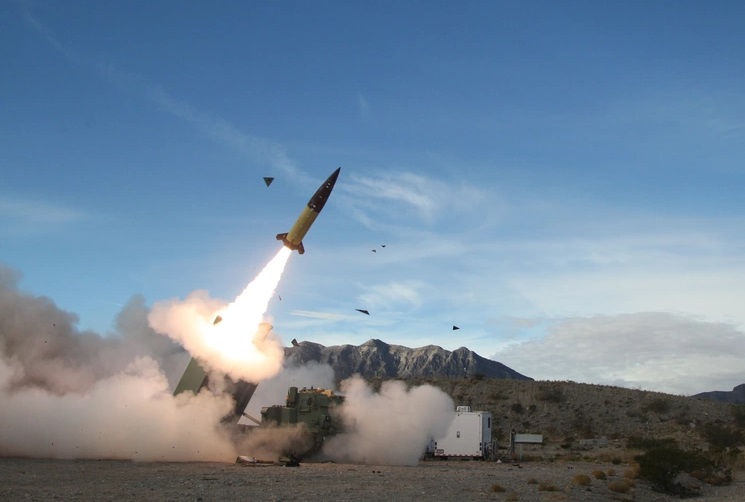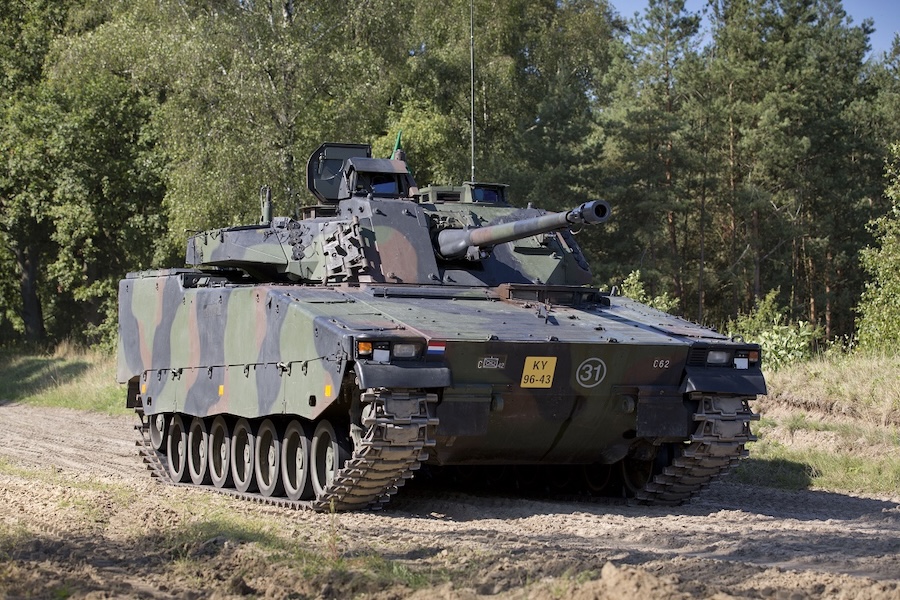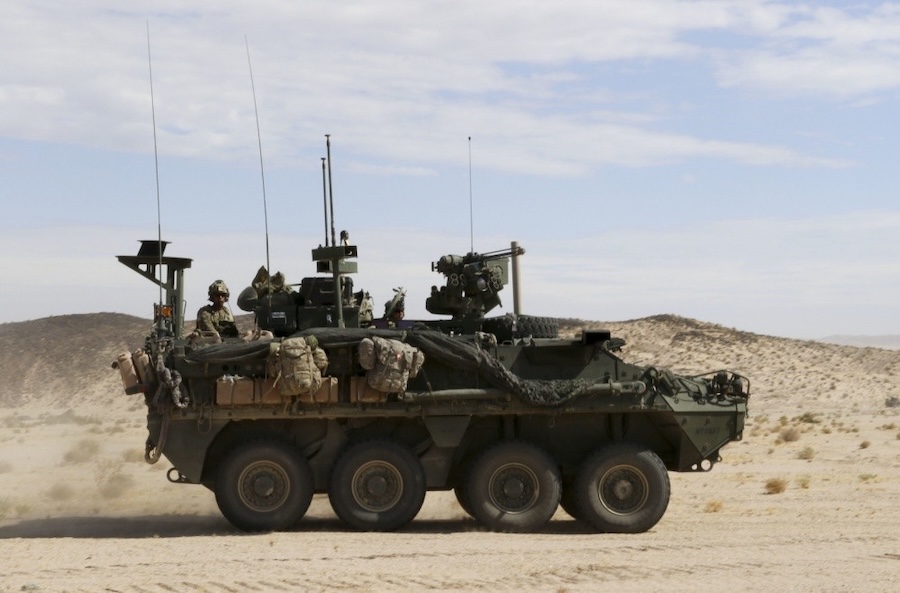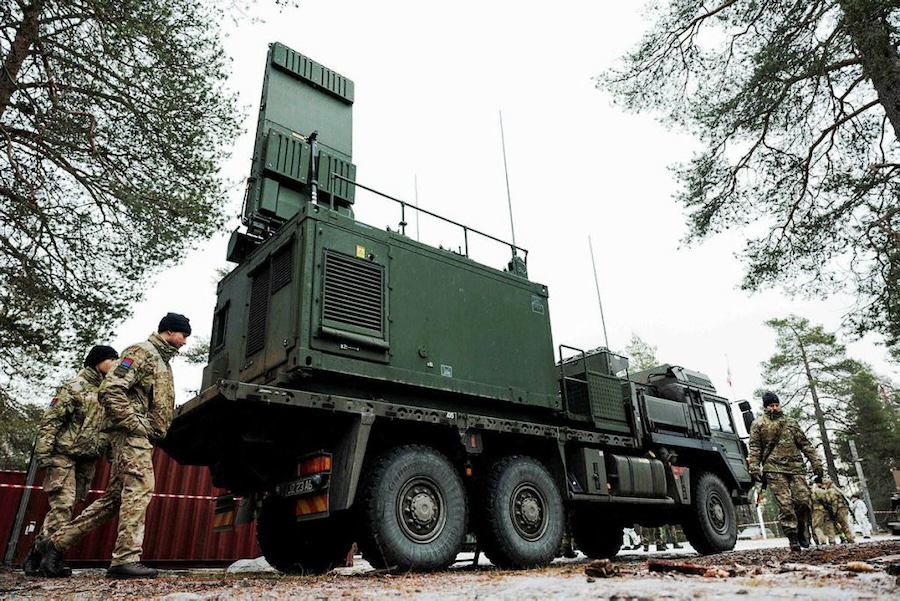PhantomStrike is the first fully air-cooled fire-control radar of its kind, developed to offer long-range threat detection, tracking and targeting. Raytheon states it provides these capabilities at nearly half the cost of a typical fire-control radar.
The radar features a faster and more agile digital beam, advanced target detection and strong resistance to jamming. These attributes enable improved performance in complex and contested environments.
“The threat environment is evolving, and this test demonstrates how PhantomStrike can make enhanced situational awareness available to a broader set of our partners and allies – offering unparalleled performance and potential U.S. weapons integration – at an affordable price,” said Bryan Rosselli, president of Advanced Products and Solutions at Raytheon.
PhantomStrike is powered by gallium nitride (GaN) technology, allowing aircrew to detect threats at longer distances. It is designed for use across various platforms including uncrewed and light-attack aircraft, fighter jets, helicopters and ground-based towers.
Despite its compact size, the radar maintains the full fire-control power typically found in a fighter jet system, weighing nearly half that of modern active electronically scanned array (AESA) radars. Raytheon emphasises that this makes PhantomStrike suitable for a broader range of deployment scenarios.
Production of the radar is being carried out in Forest, Mississippi; Tucson, Arizona; and Scotland, with Raytheon UK providing support.




